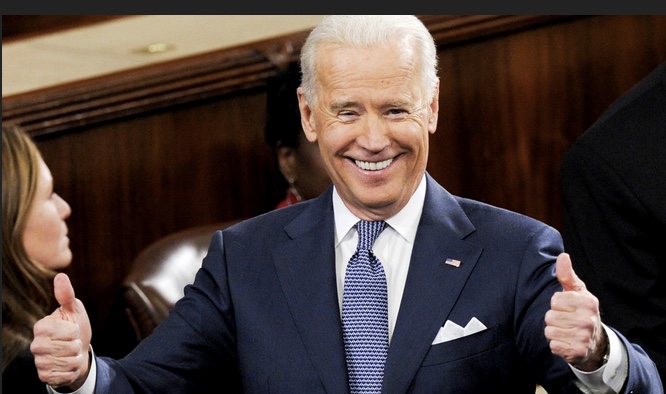President-elect Joseph R. Biden Jr. has no shortage of ideas about how to transform caregiving. One striking feature of his team’s plan: It does not address elder care separately from child care, or divide plans to support family caregivers from those for paid caregivers. Rather, it takes on Medicaid benefits for older and disabled adults, preschool for toddlers and better jobs for home care workers, all in one ambitious, $775 billion-over-a-decade package.
“It approaches the care economy in a holistic way, across the age spectrum,” said Ai-jen Poo, executive director of the National Domestic Workers Alliance, which has long pushed many of those measures. “It’s a big breakthrough.”
The same families who need child care in order to stay employed are often responsible for aging relatives, she pointed out, and many work as paid caregivers themselves.
Elements of the Biden plan, announced last summer, will sound familiar. The campaign for paid family leave, whether for childbirth or for care of older parents, goes back decades. So does the ongoing effort to rebalance Medicaid, making it more able to cover caregiving at home, where most older adults hope to stay, rather than in the nursing homes they dread.
But the coronavirus pandemic and the accompanying economic crisis have spotlighted the halting, fragmented way the United States approaches these issues, compared with other industrialized democracies.
Advocates see this emergency as both ruinous for families and workers, and as an opportunity to tackle long-deferred needs. Policies like converting the anemic federal Family and Medical Leave Act, which mandates only unpaid leave, into 12 weeks of paid leave, as Mr. Biden has proposed, could help propel the nation’s labor force back to work.




